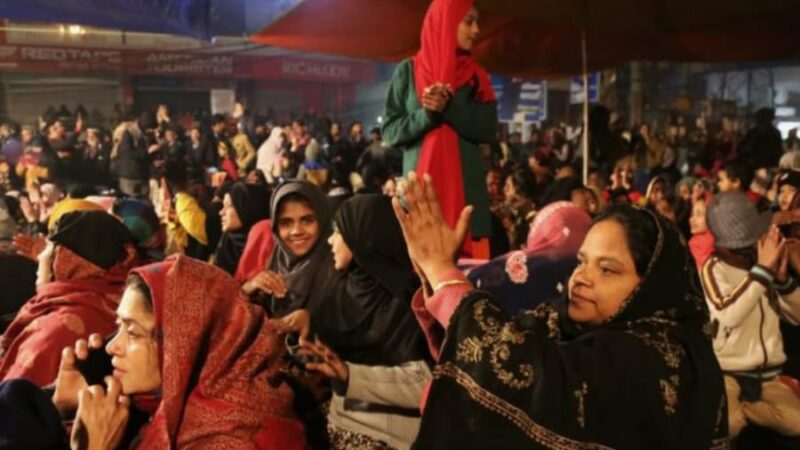Inspiring story of a young girl from Thoothukudi

She stayed in a dark, dusky room inhaling chemicals which could have adverse affects on her health. The nimble hands of the 10-year-old worked tirelessly in a matchstick factory in Thoothukudi. But that was 15 years ago. Now, a Superintendent of Police (SP) with the Armed Reserve Police, Gomathi’s voice resonates with confidence as she narrates her story. “My father, a chronic cancer patient, left us incapable of supporting three kids’ education. My mother managed with a paltry income of a domestic help,” says Gomathi. Her mother saw it fit to send her two brothers to school. After completing her fifth grade, she joined a factory with no fire exit where she worked for 12 hours a day, seven days a week and earned Rs.110 per week. Her ordeal came to an end within a year when an organization called Centre for Education, Development Action and Research (CEDAR) convinced her mother that education was a permanent solution to poverty. In time, Gomathi sailed past her obstacles to become a constable. Following her example, most families in her village are educating their children now. “I want to start an organization to educate girl children,” she says. “If we can help even 10 children out of this vicious system, I can say it is more gratifying than opening a college,” says T. Chinnaraj Joseph Jaikumar, the author of the book ‘In Search Of Childhood’ that assesses child labour in Virudhunagar, Thoothukudi and Tirunelveli. While poverty is a primary reason for the persistence of child labour, schooling at times might not be an ideal alternative. “Schools can be difficult places to be in because of the power structure there which is influenced by caste, class and other factors,” explains Chinnaraj. He adds that most teachers migrate from villages in search of better opportunities. “But, villages are where good teachers are needed.” *Of the 15,514 children in the age group of 6 to 14 years, only 1.5% is engaged in full-time child labour. *In the 15 to 18 age group, child labour presence is 17.38%. *Of 700 after-school child labourers between 6 and 14 years, 444 are girls. *The 15 to 18 years age group has 573 girls among 1083 after-school labourers.






